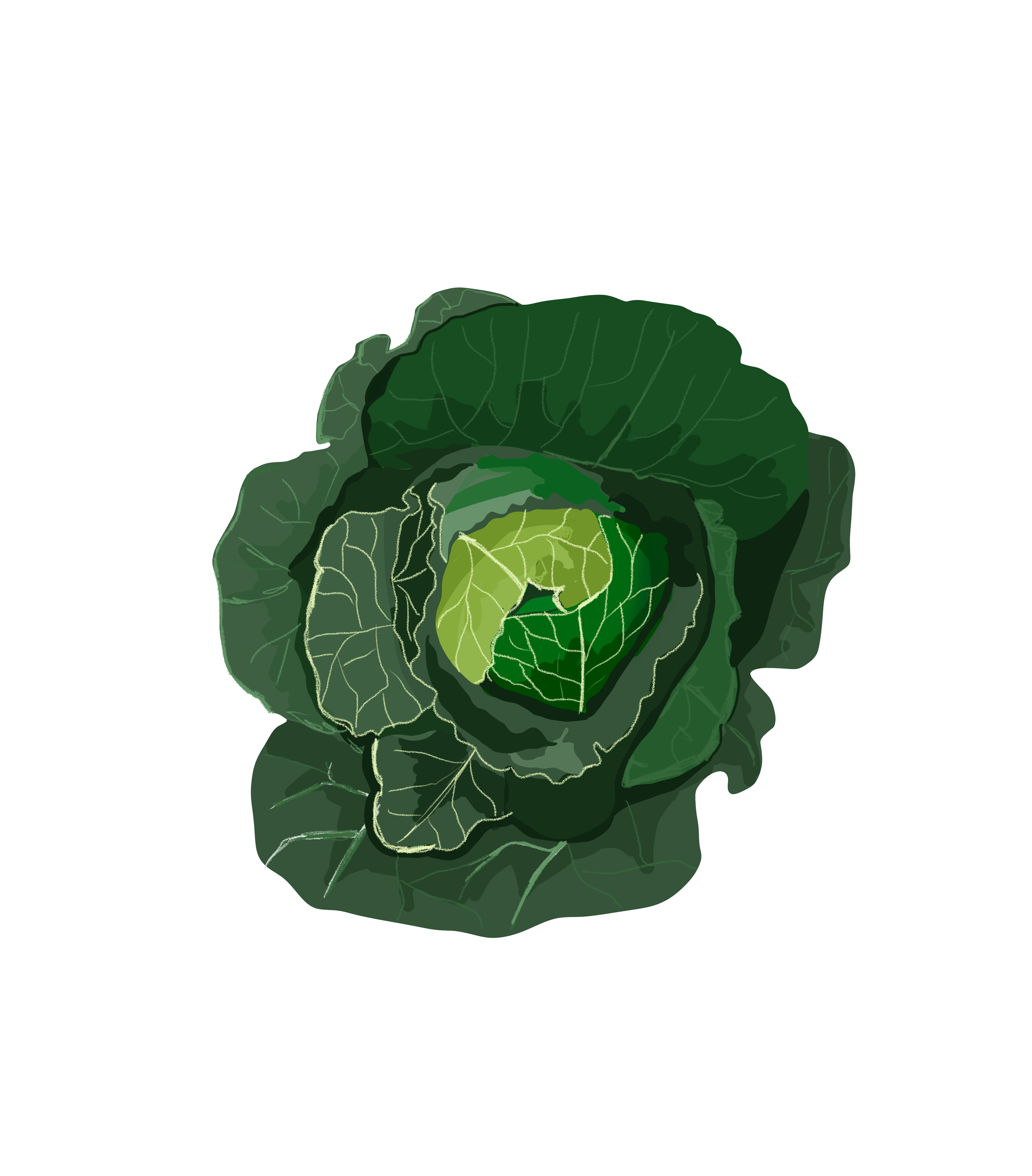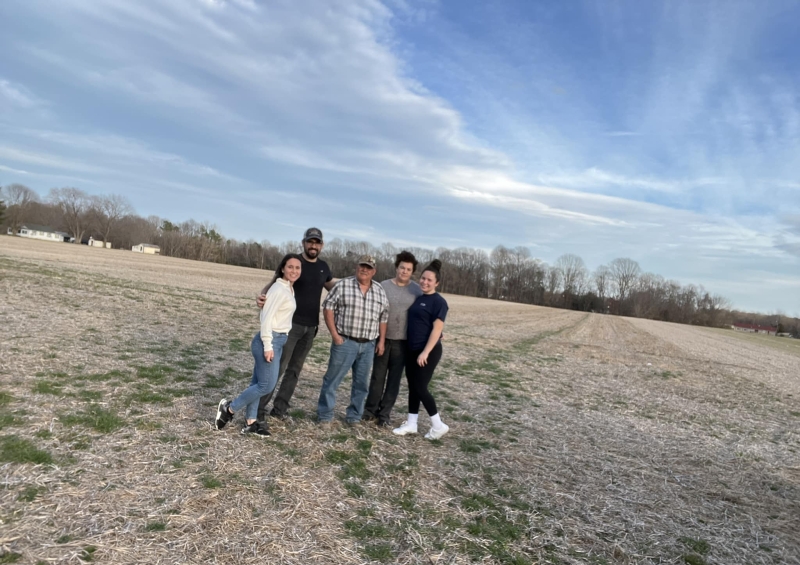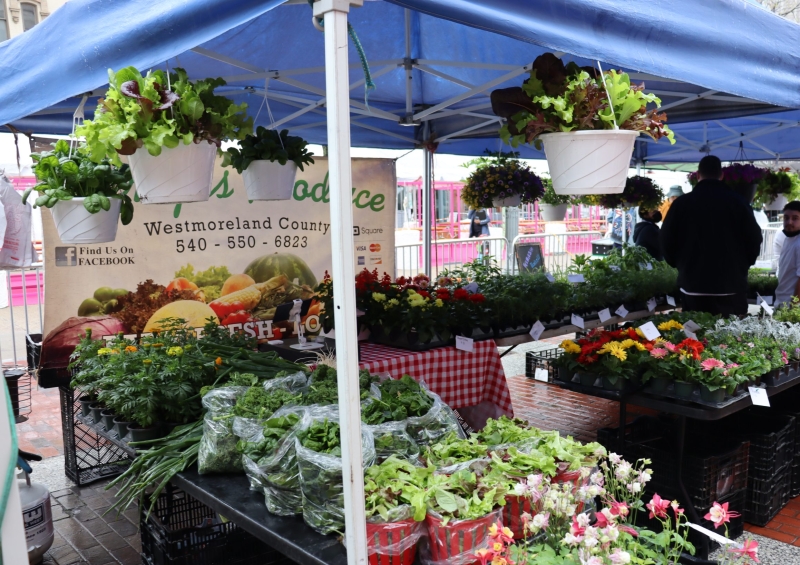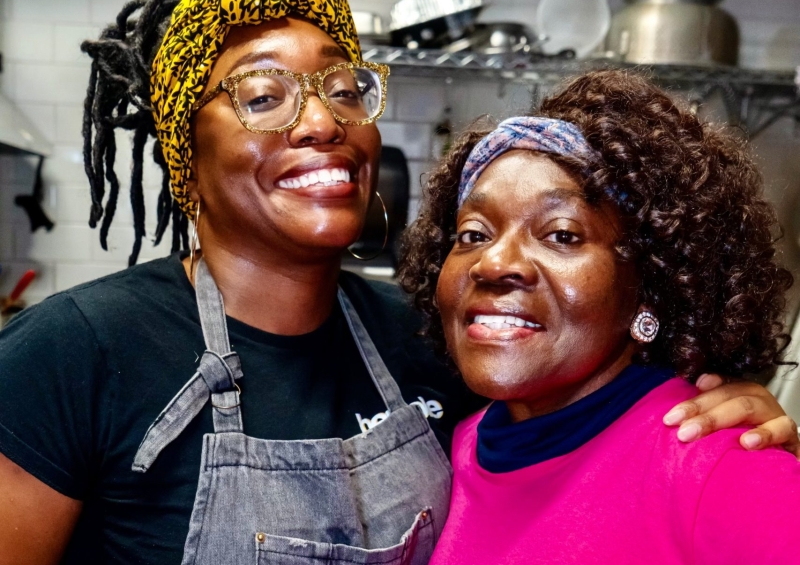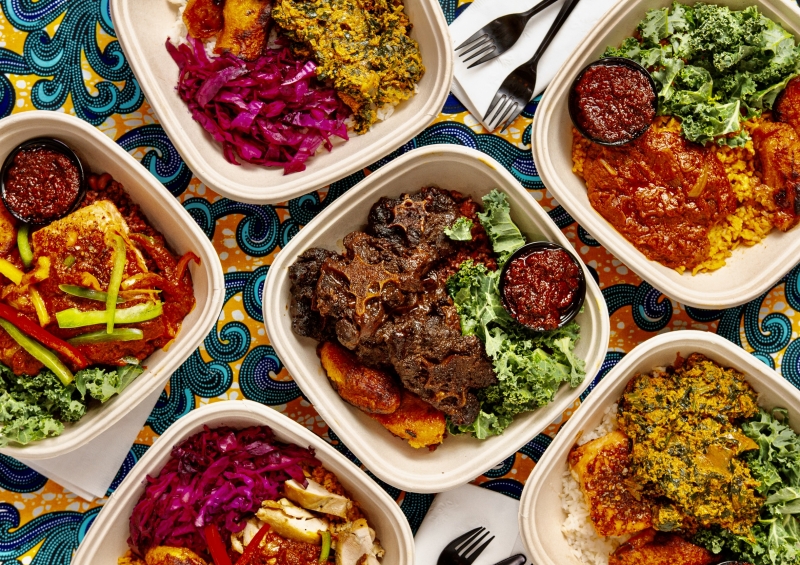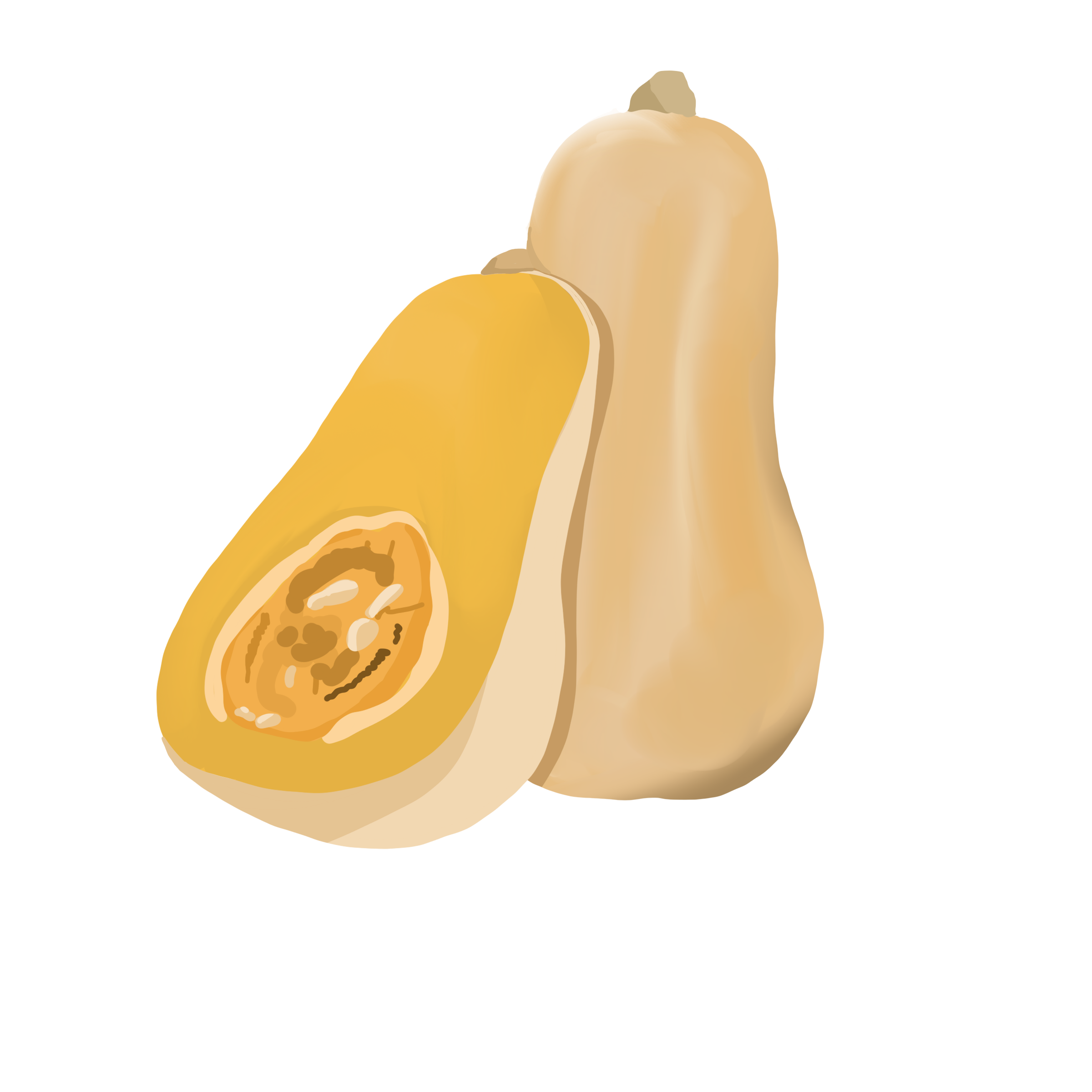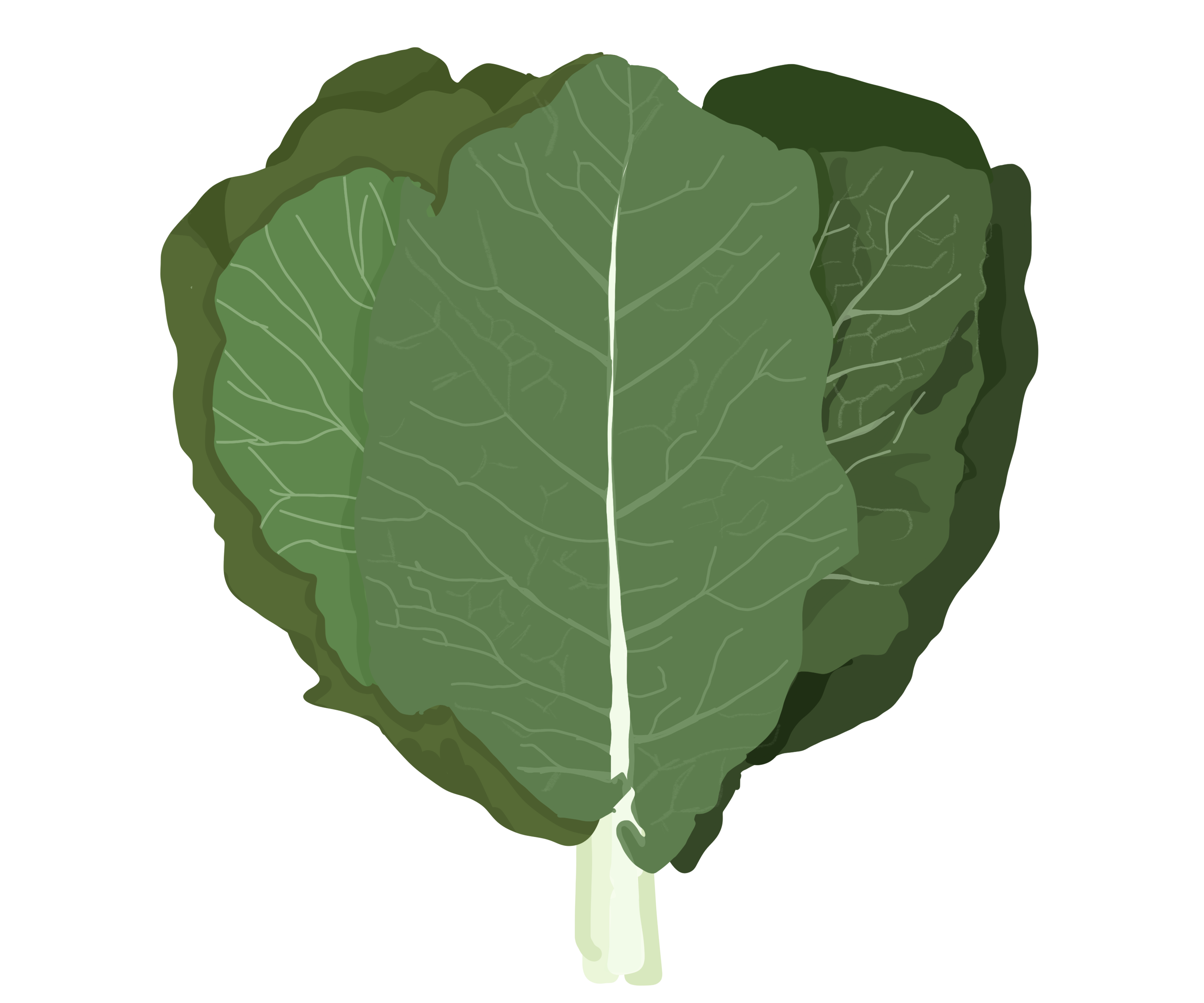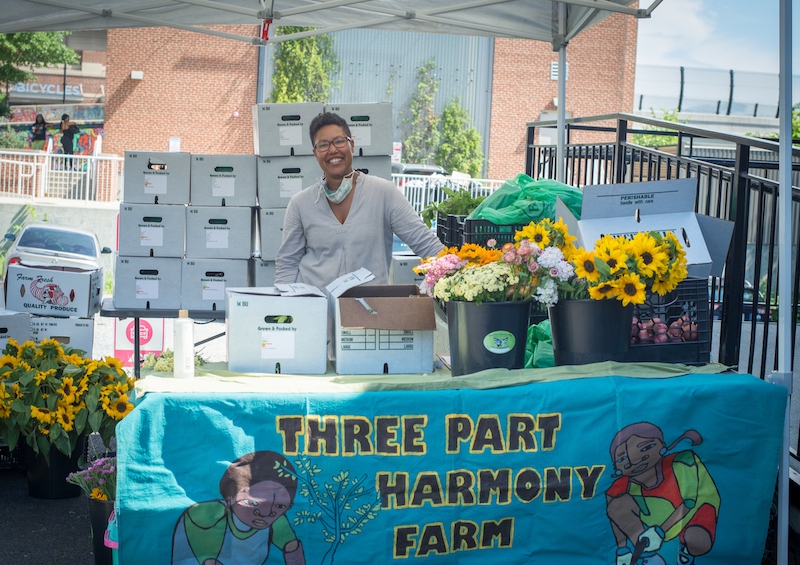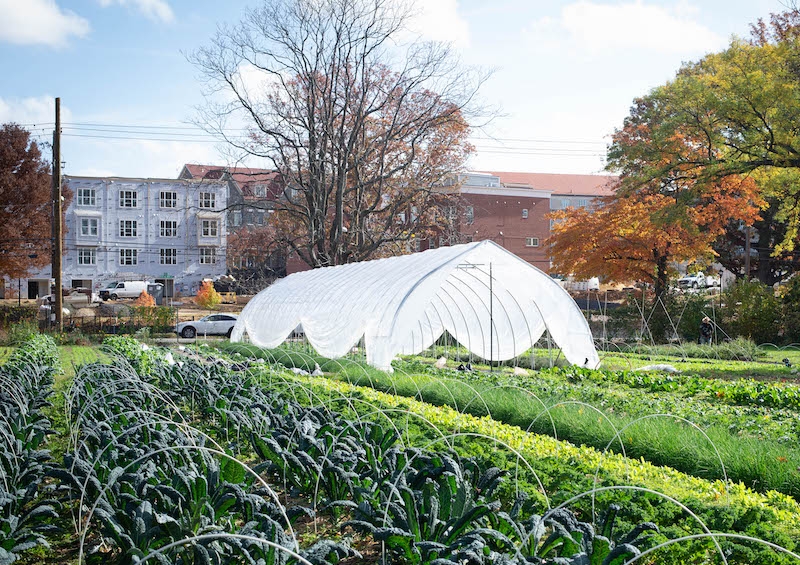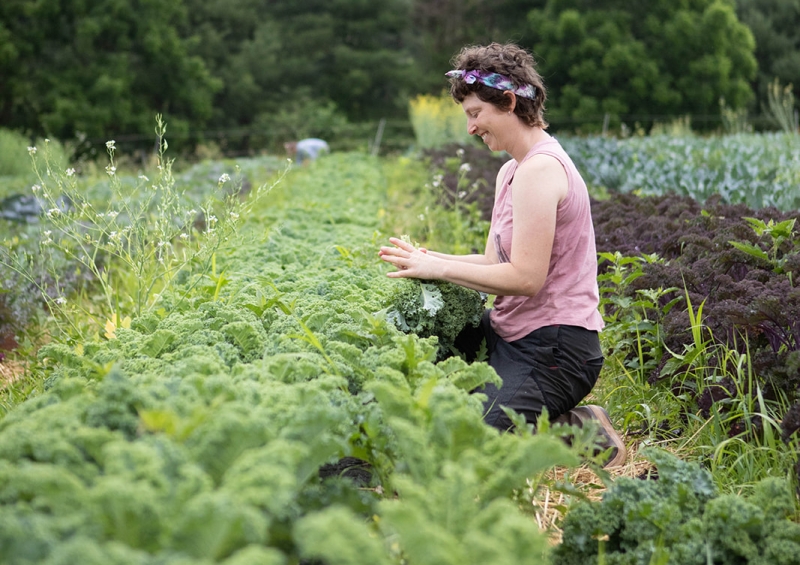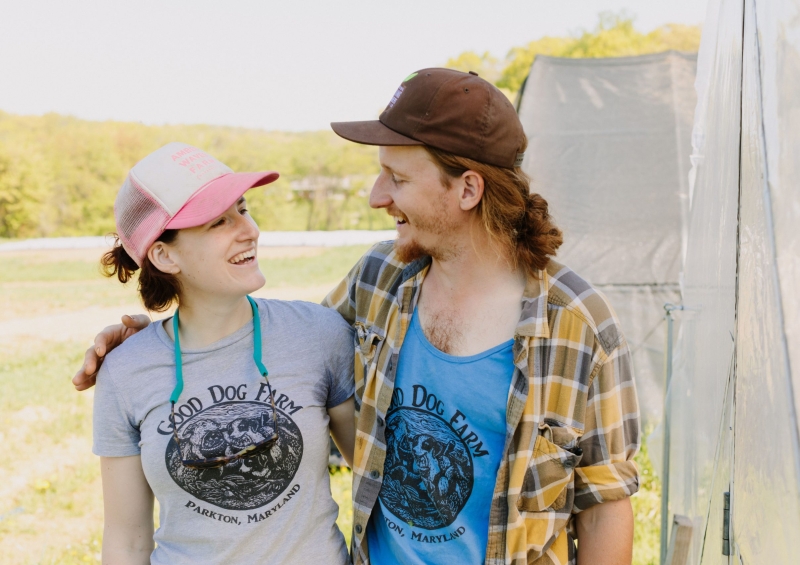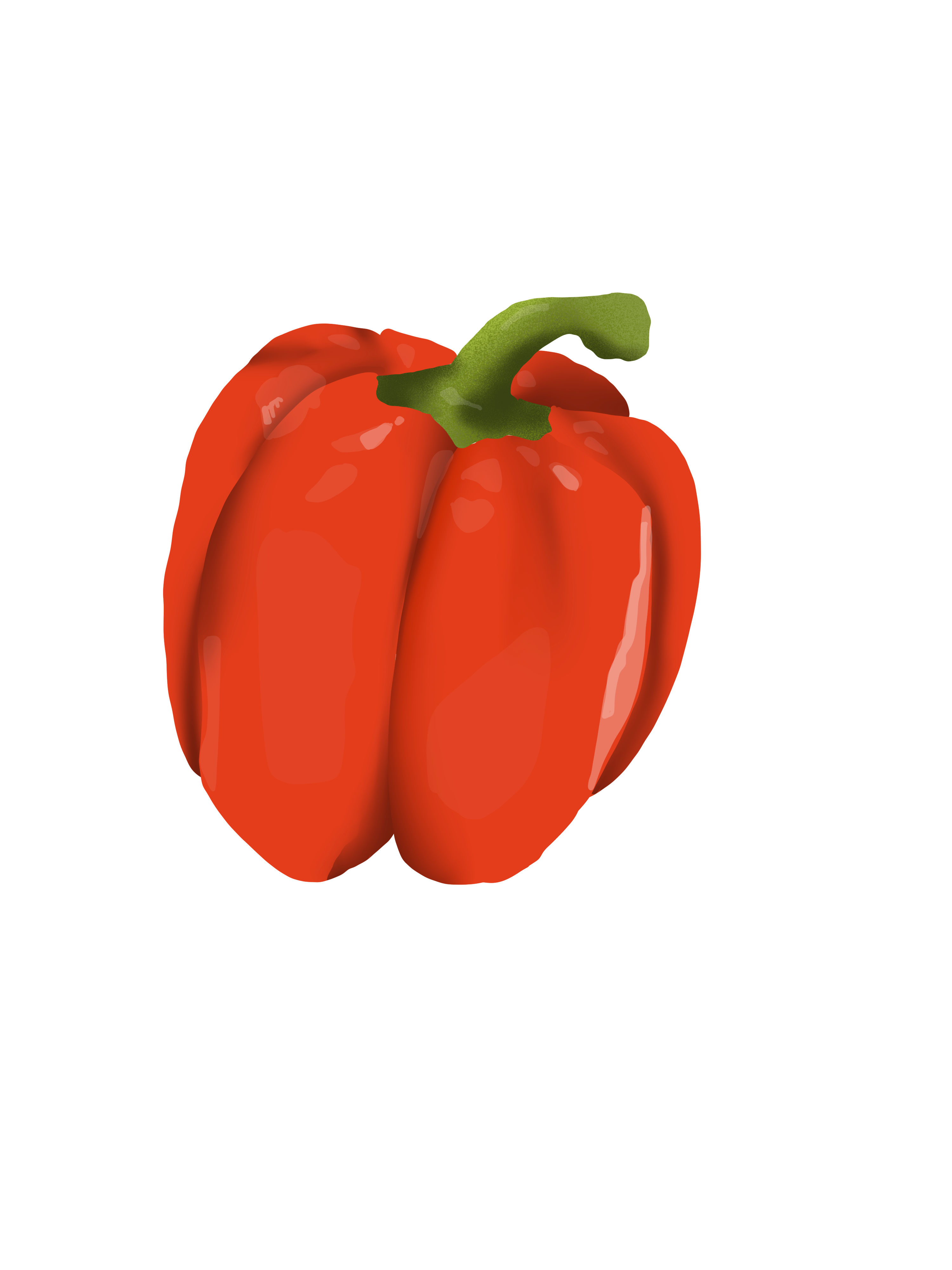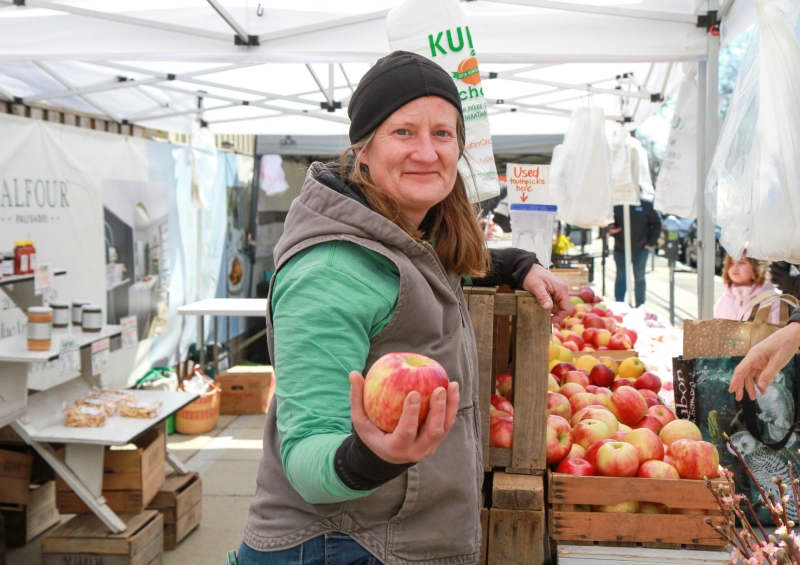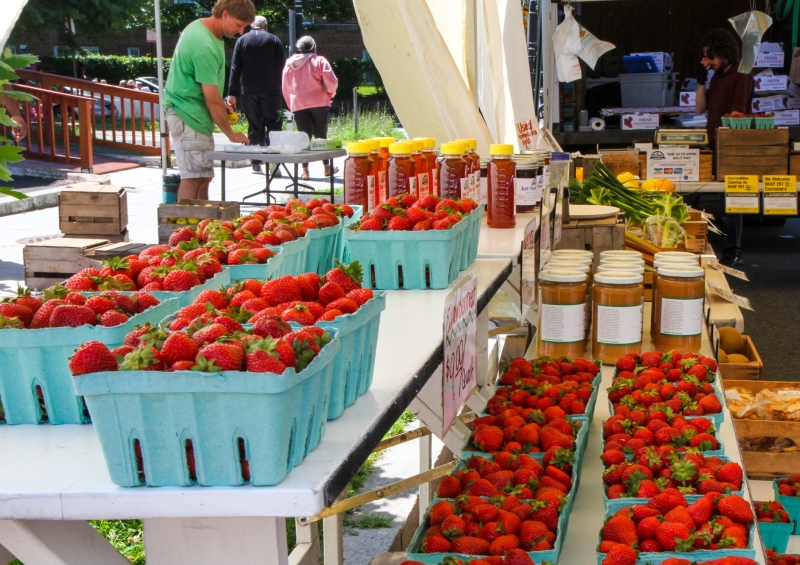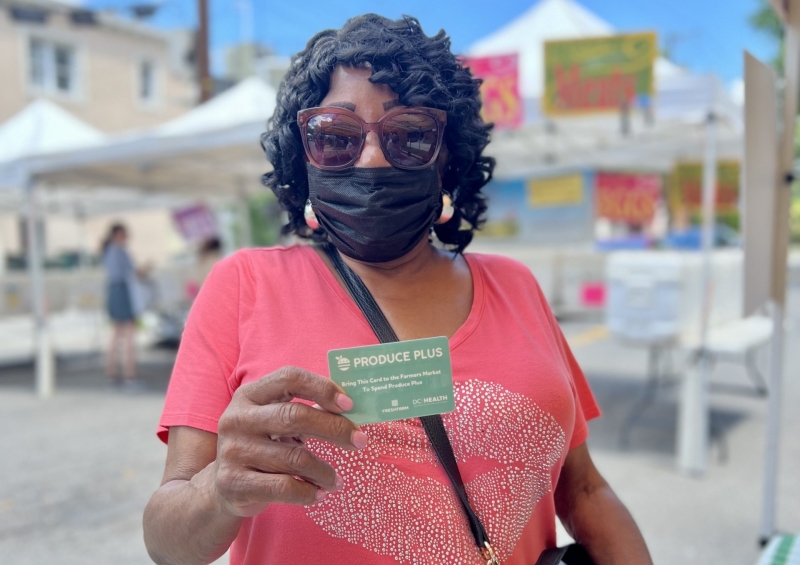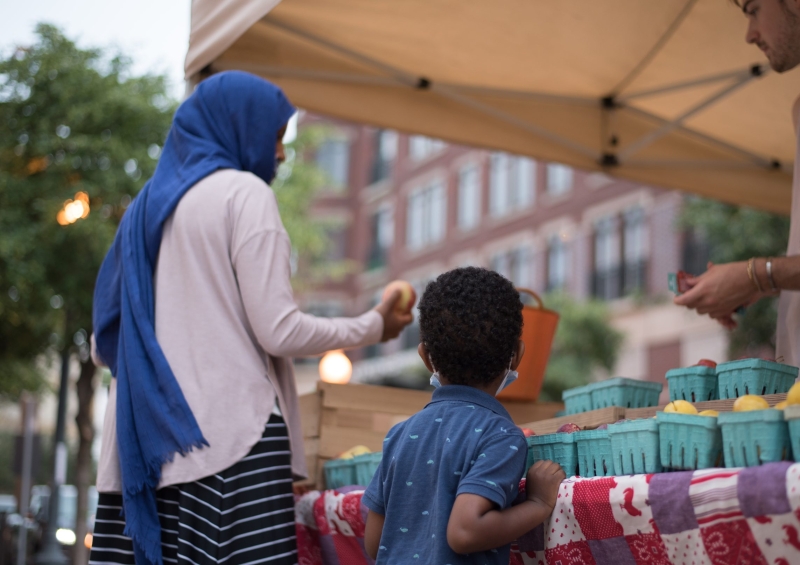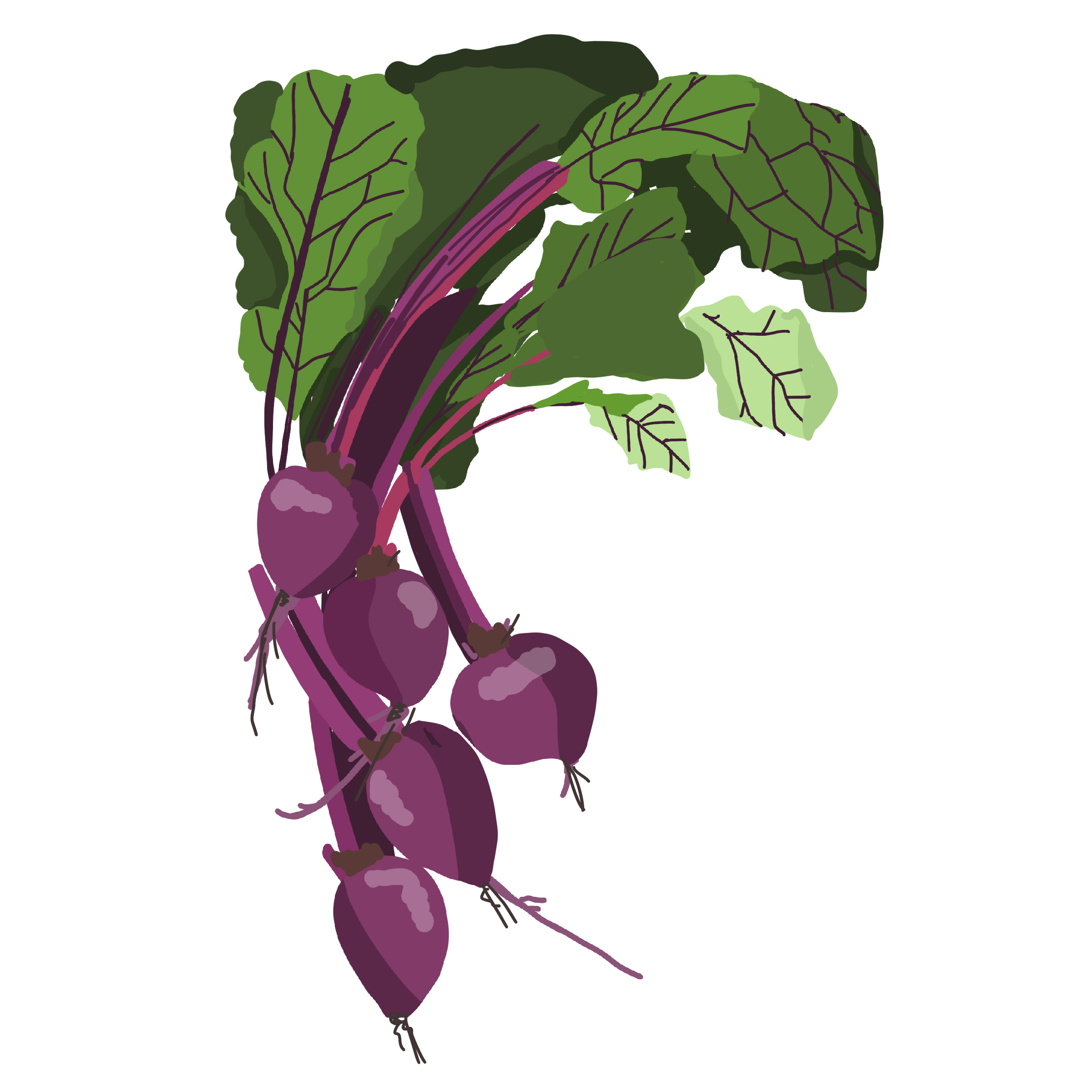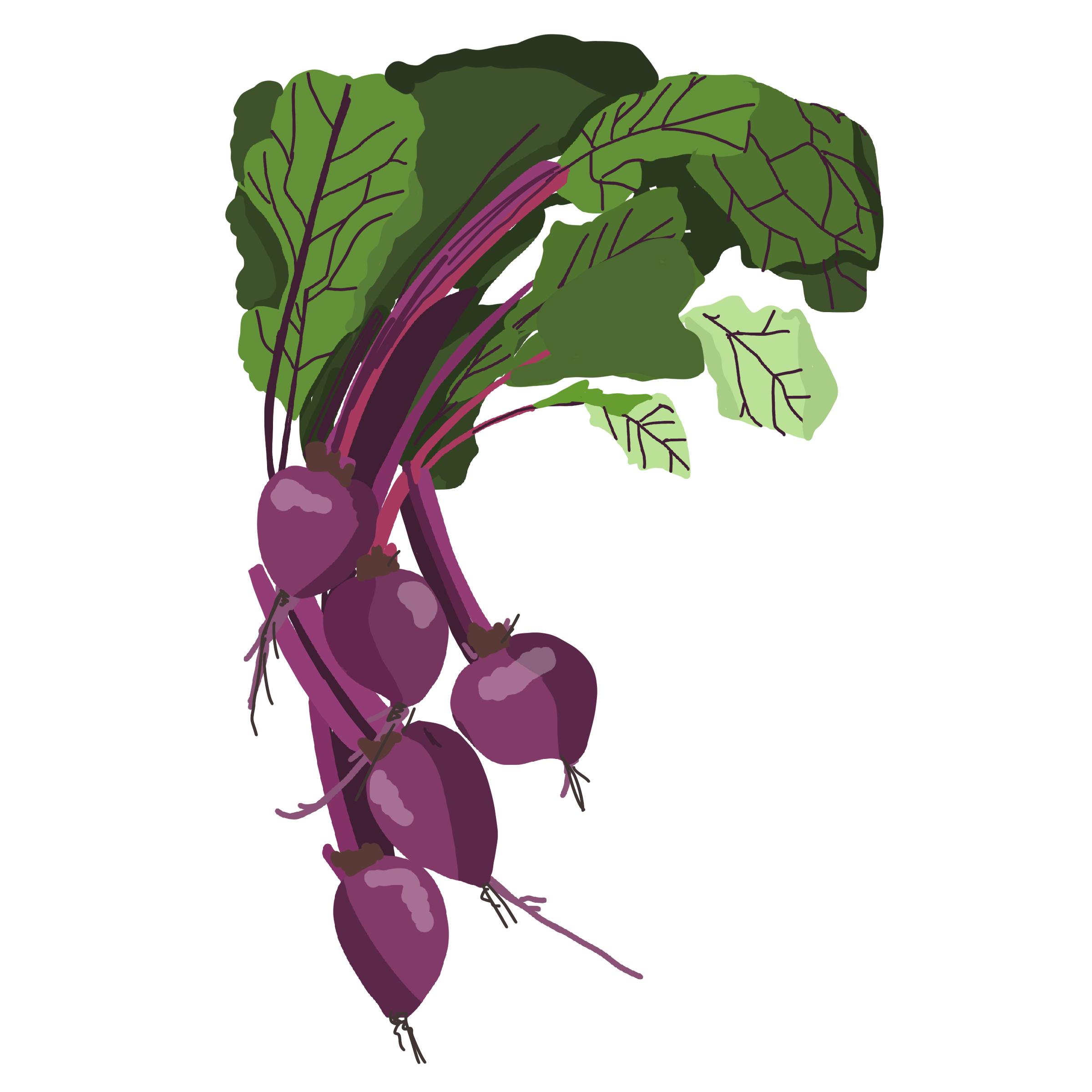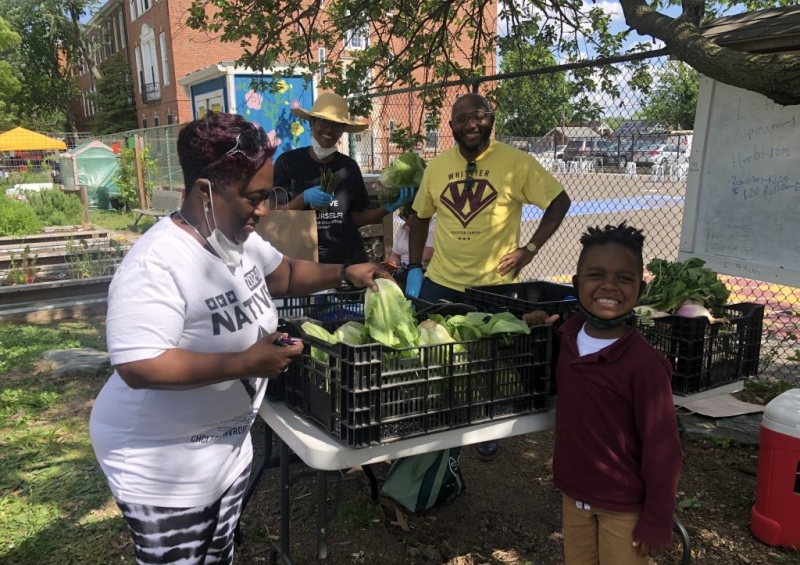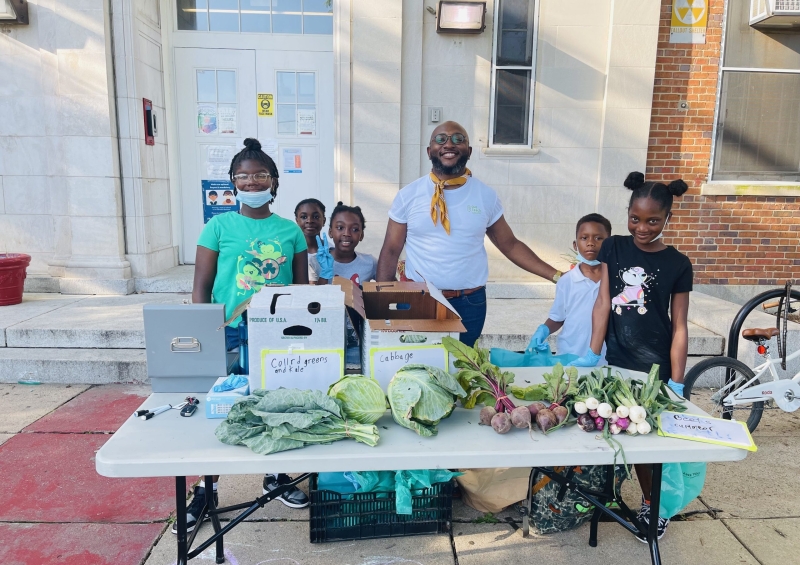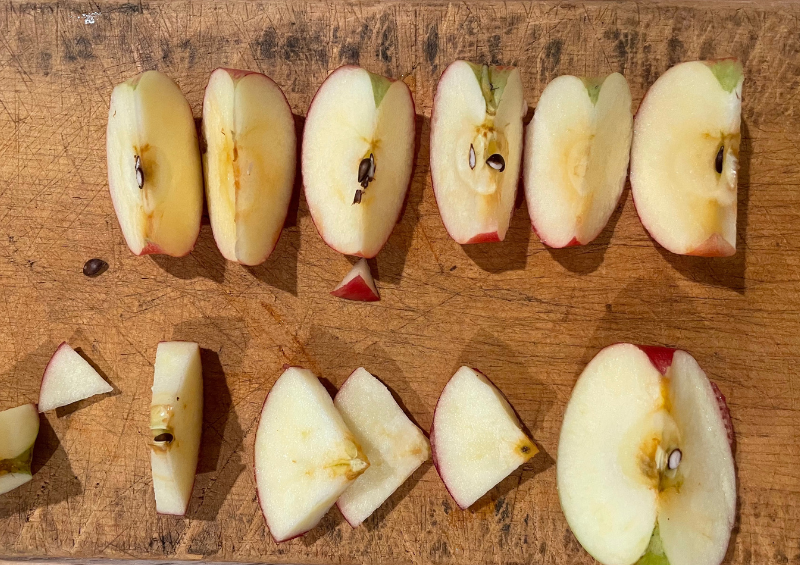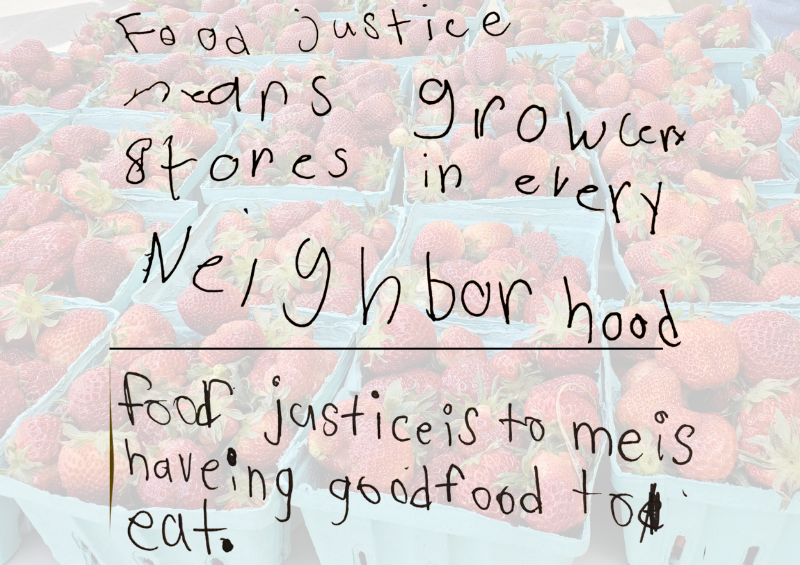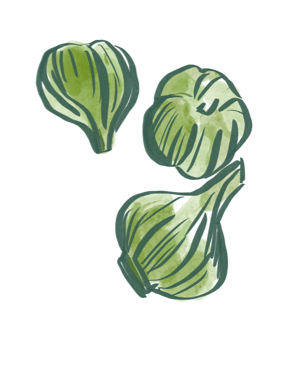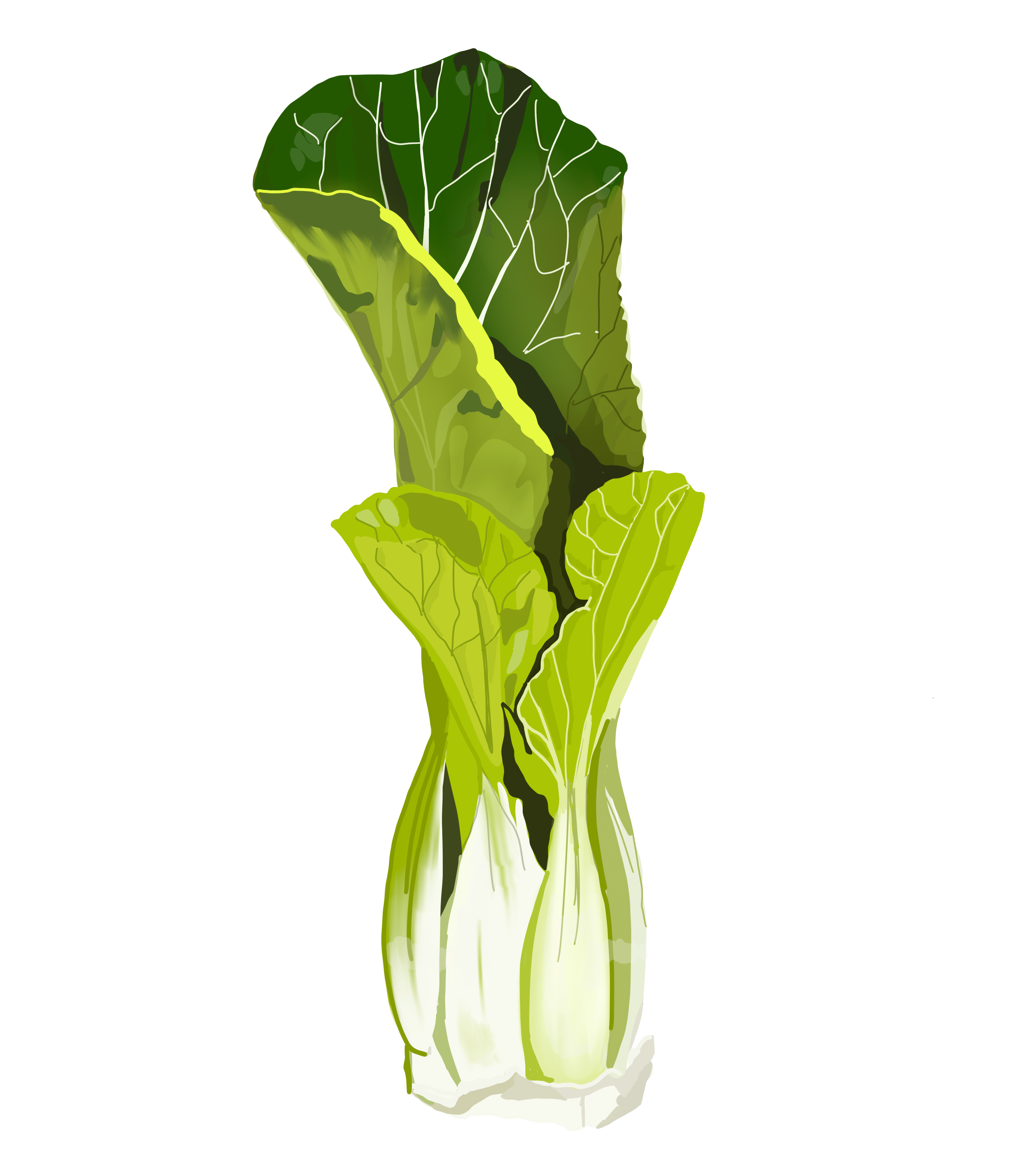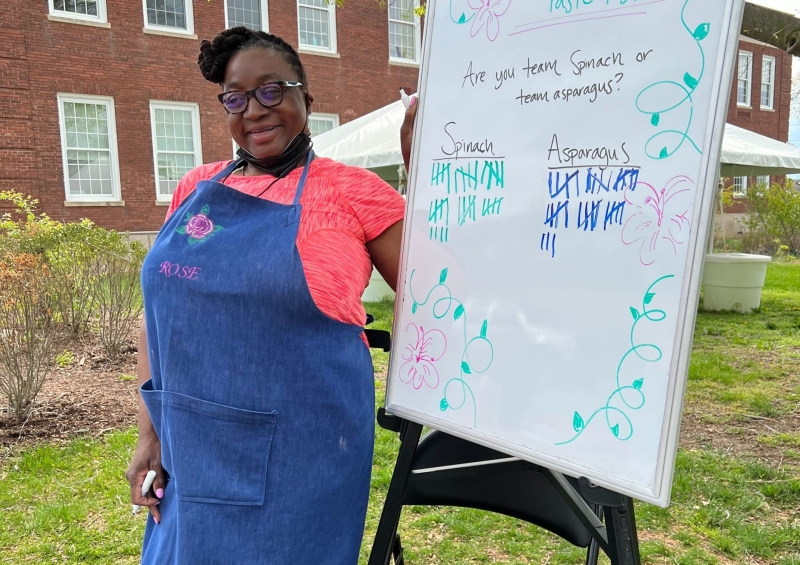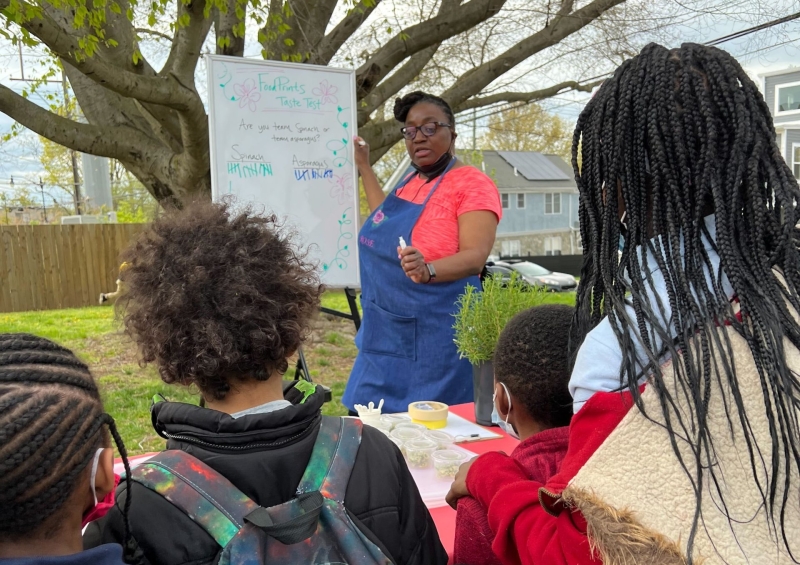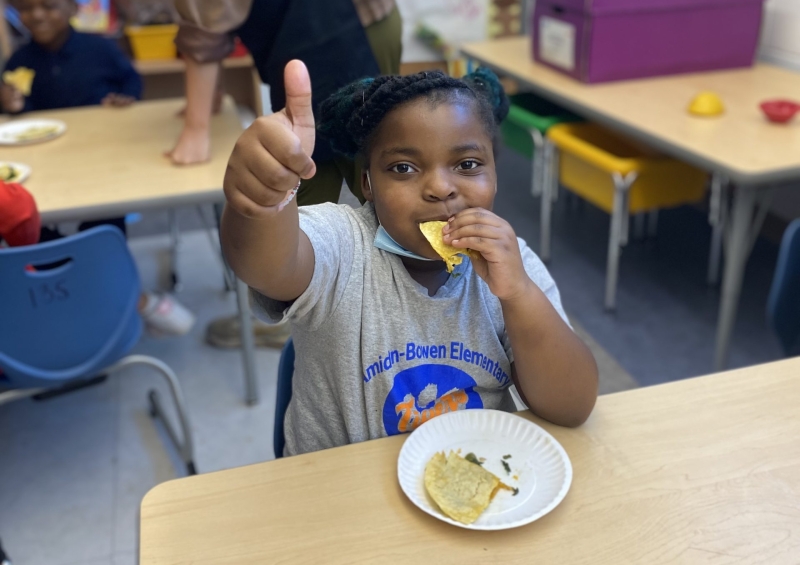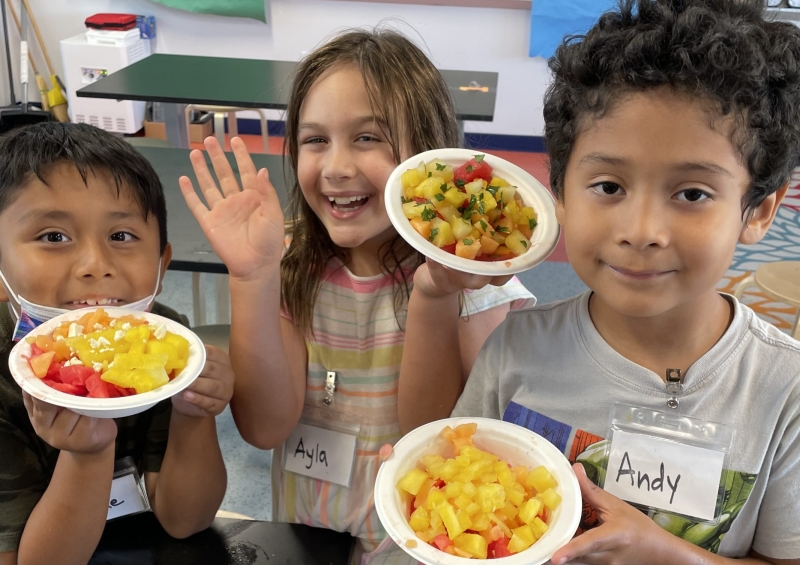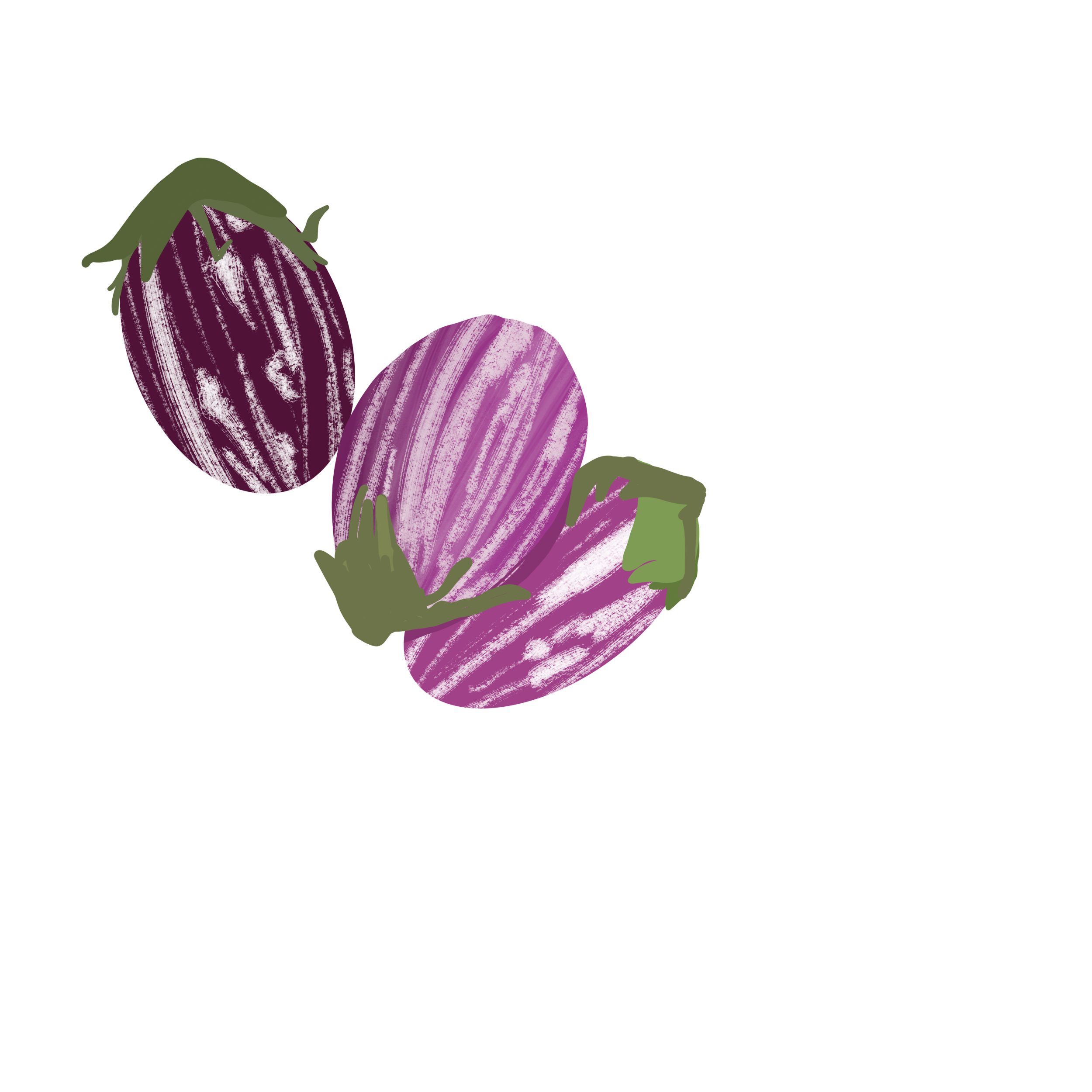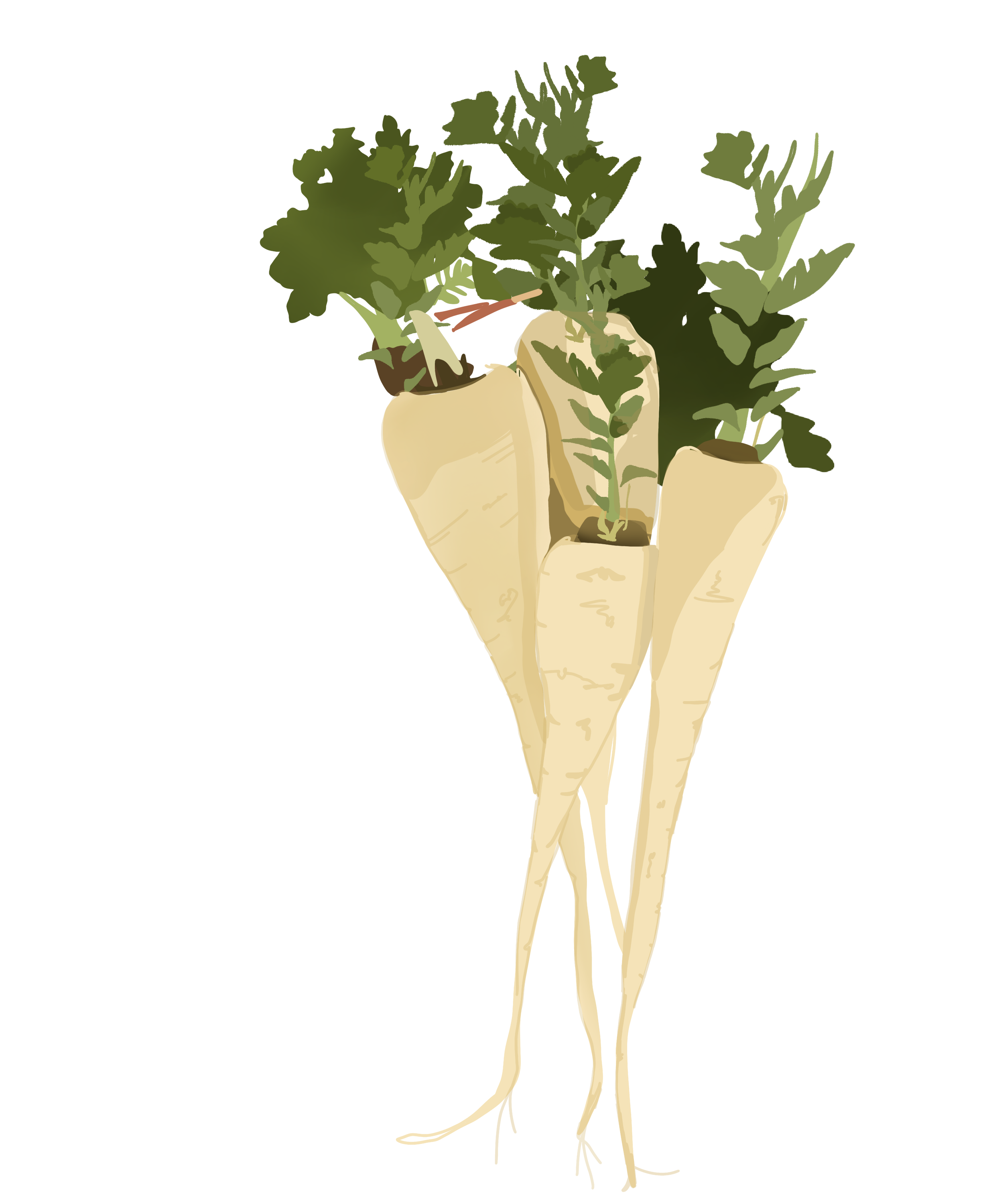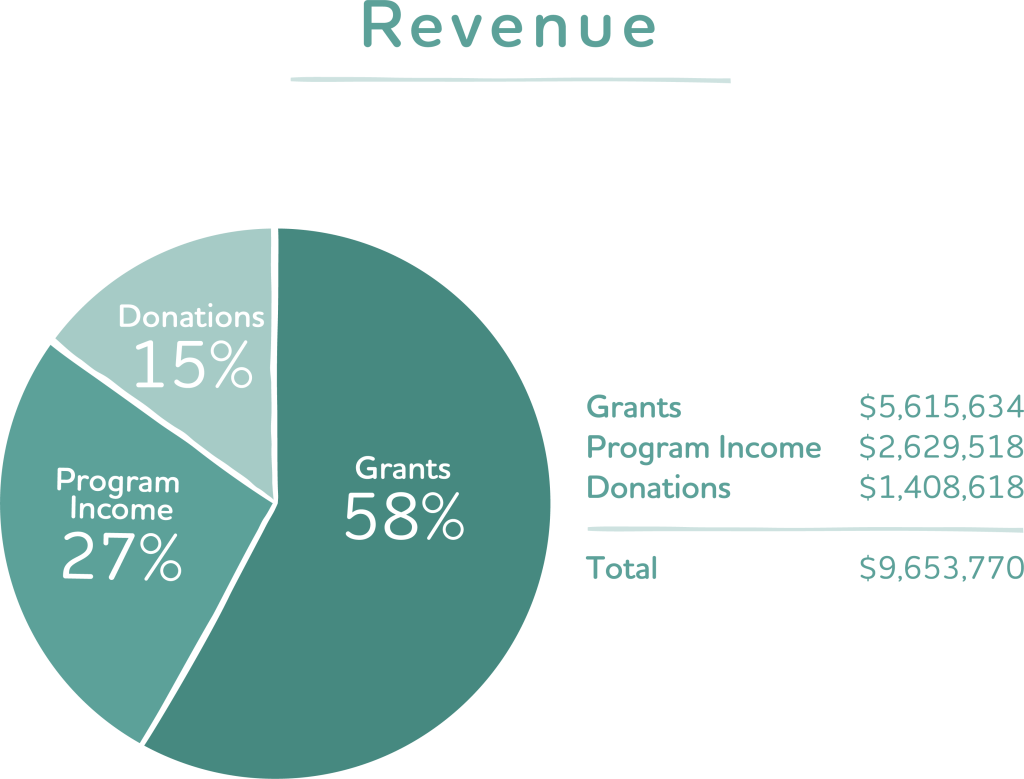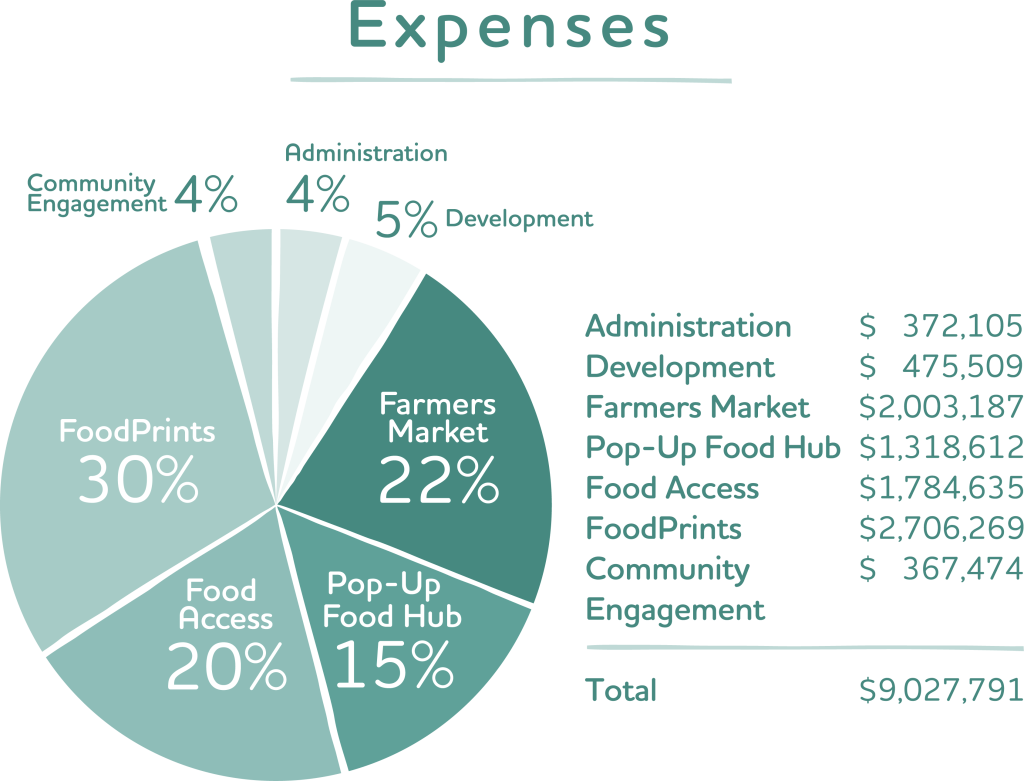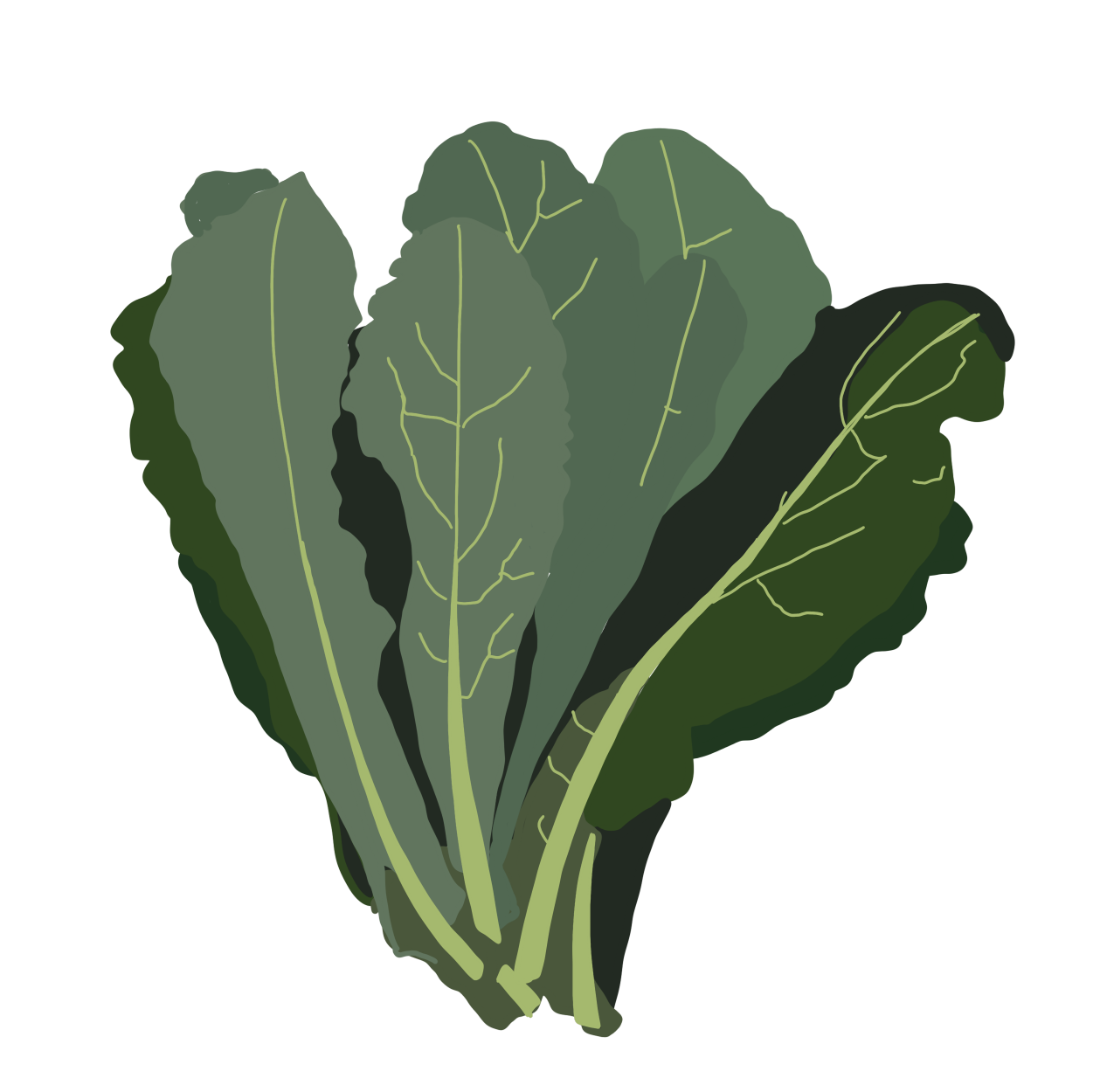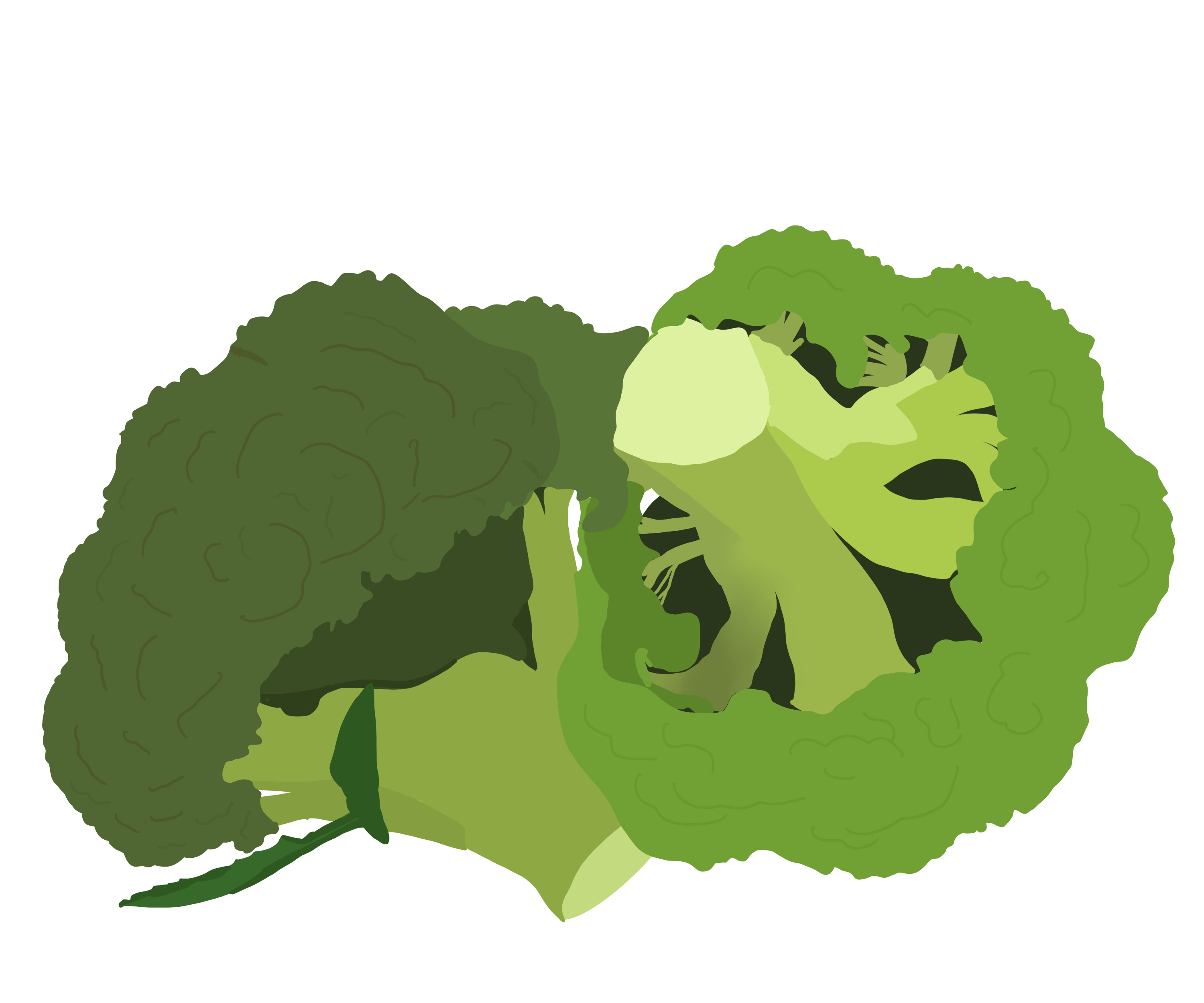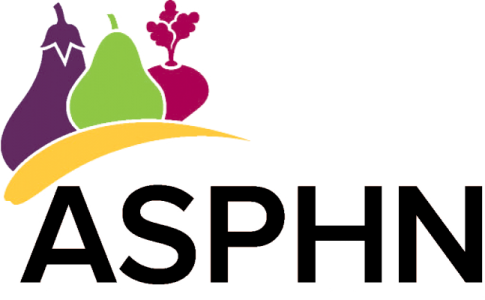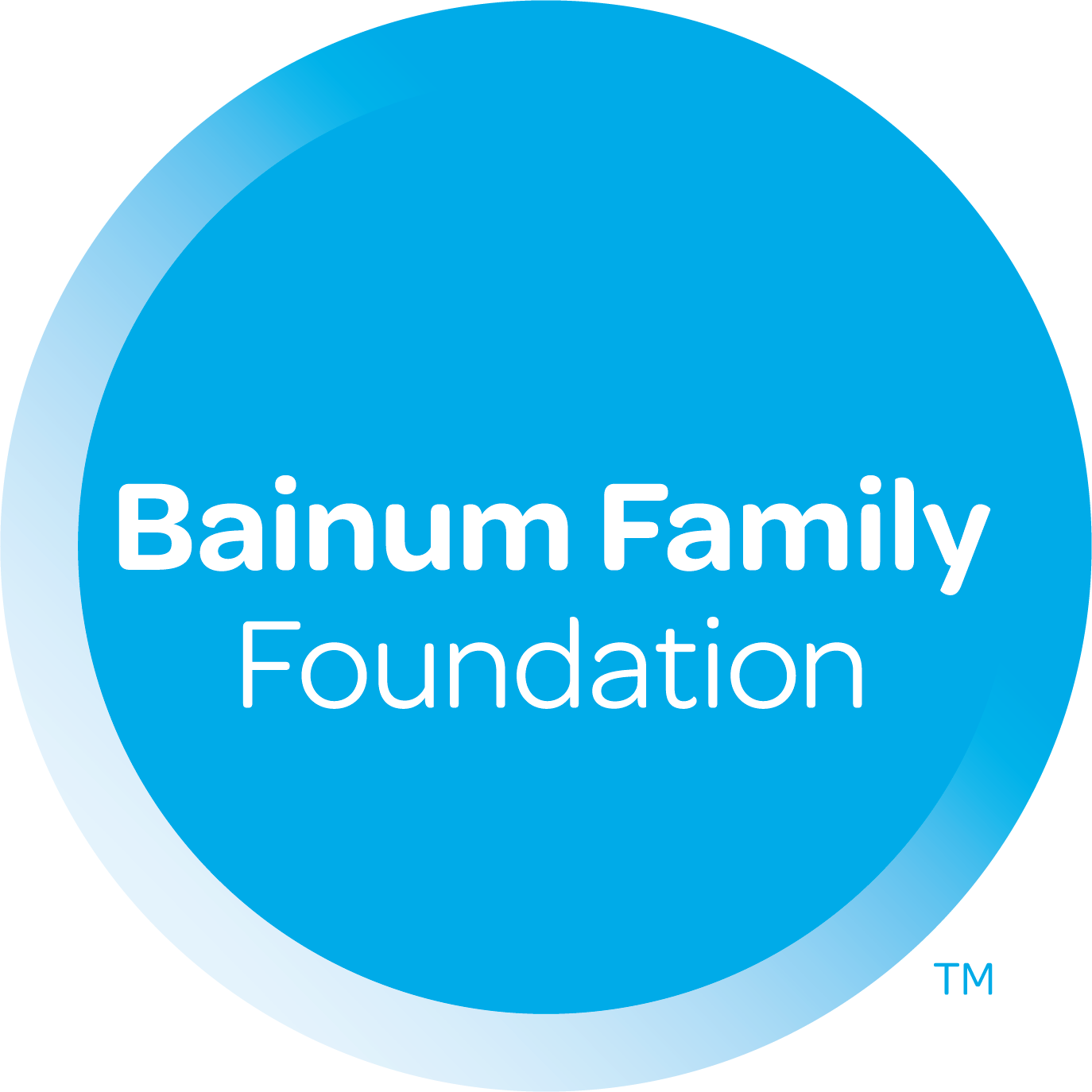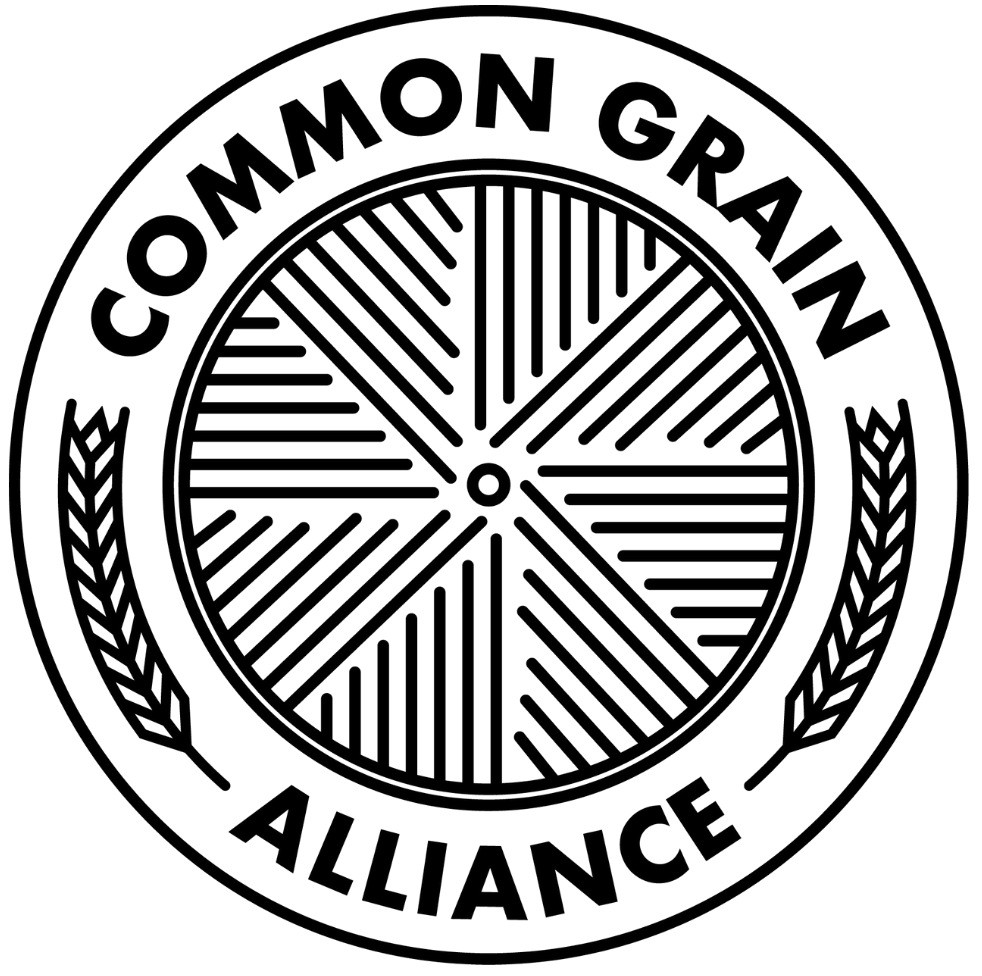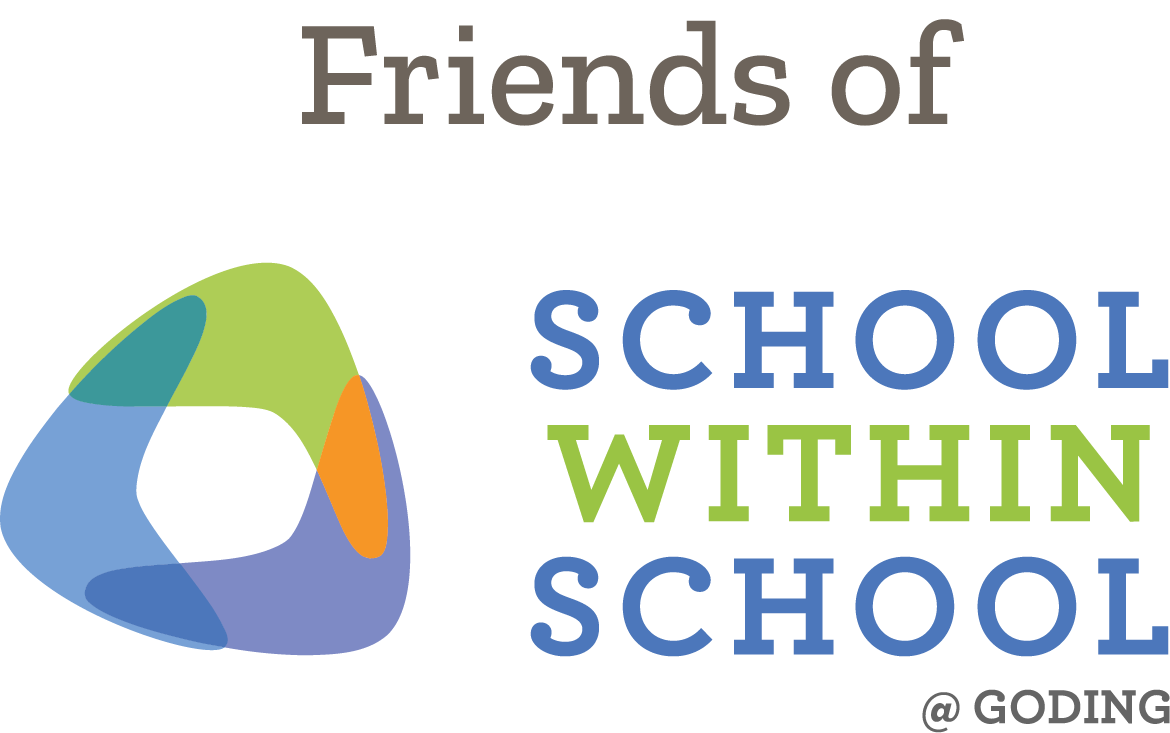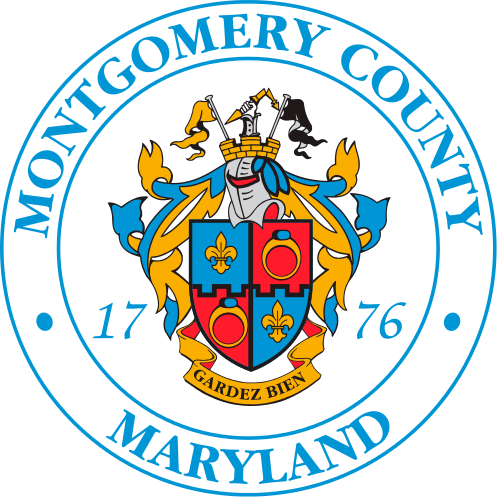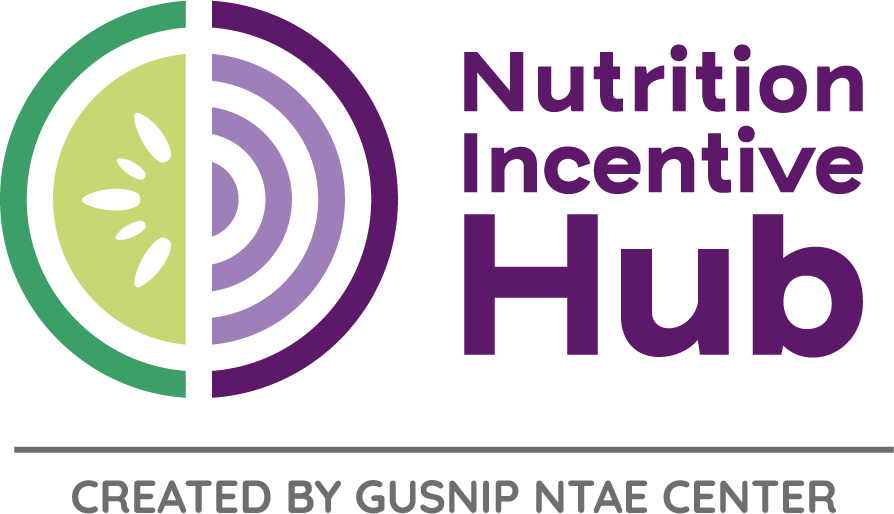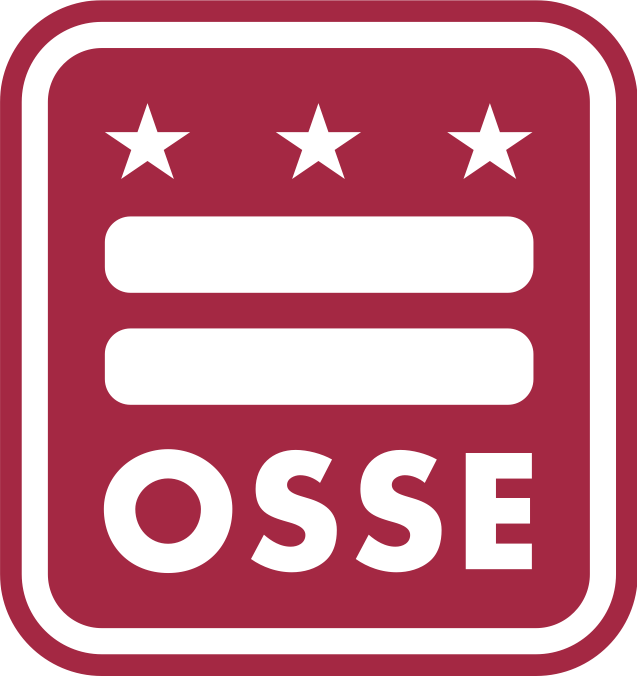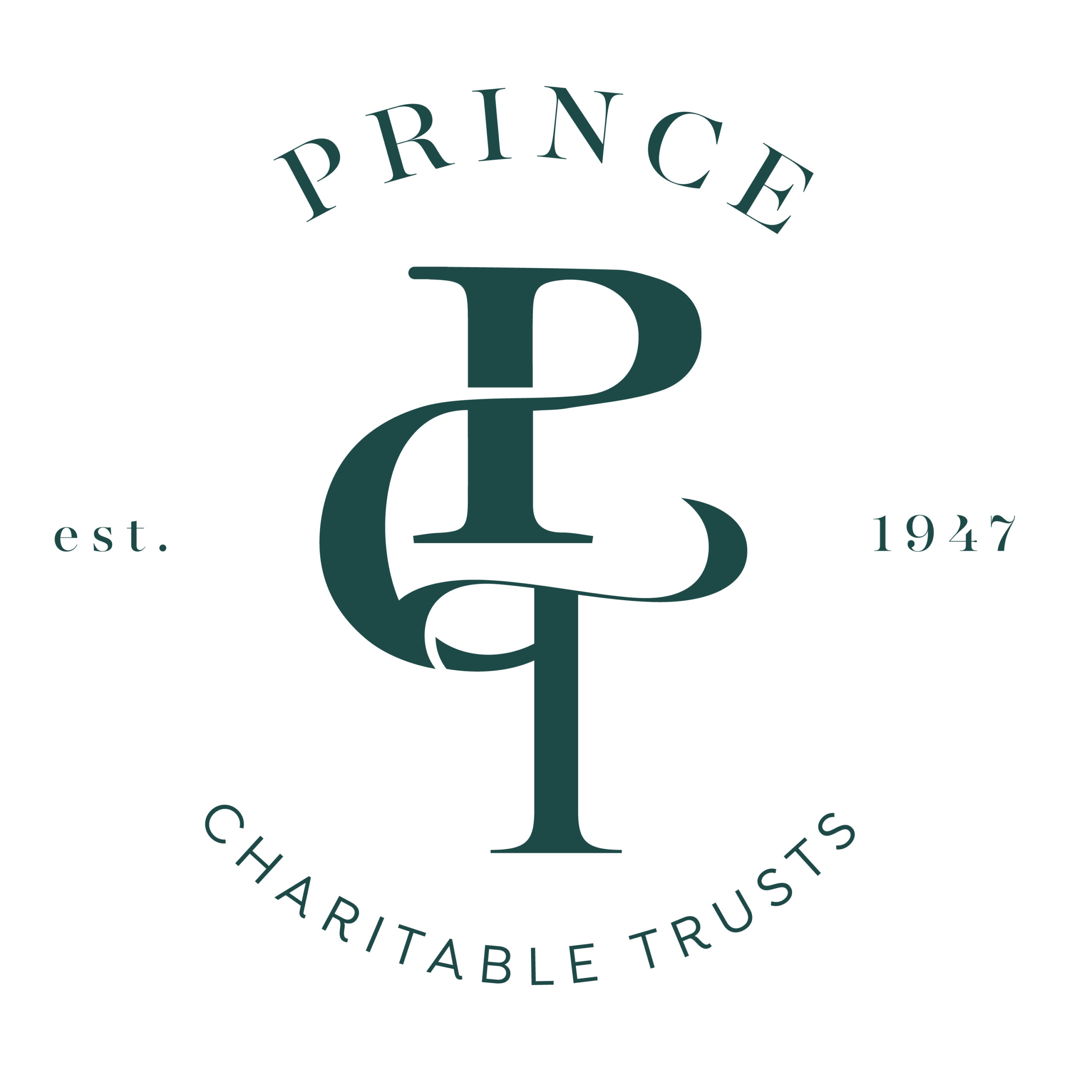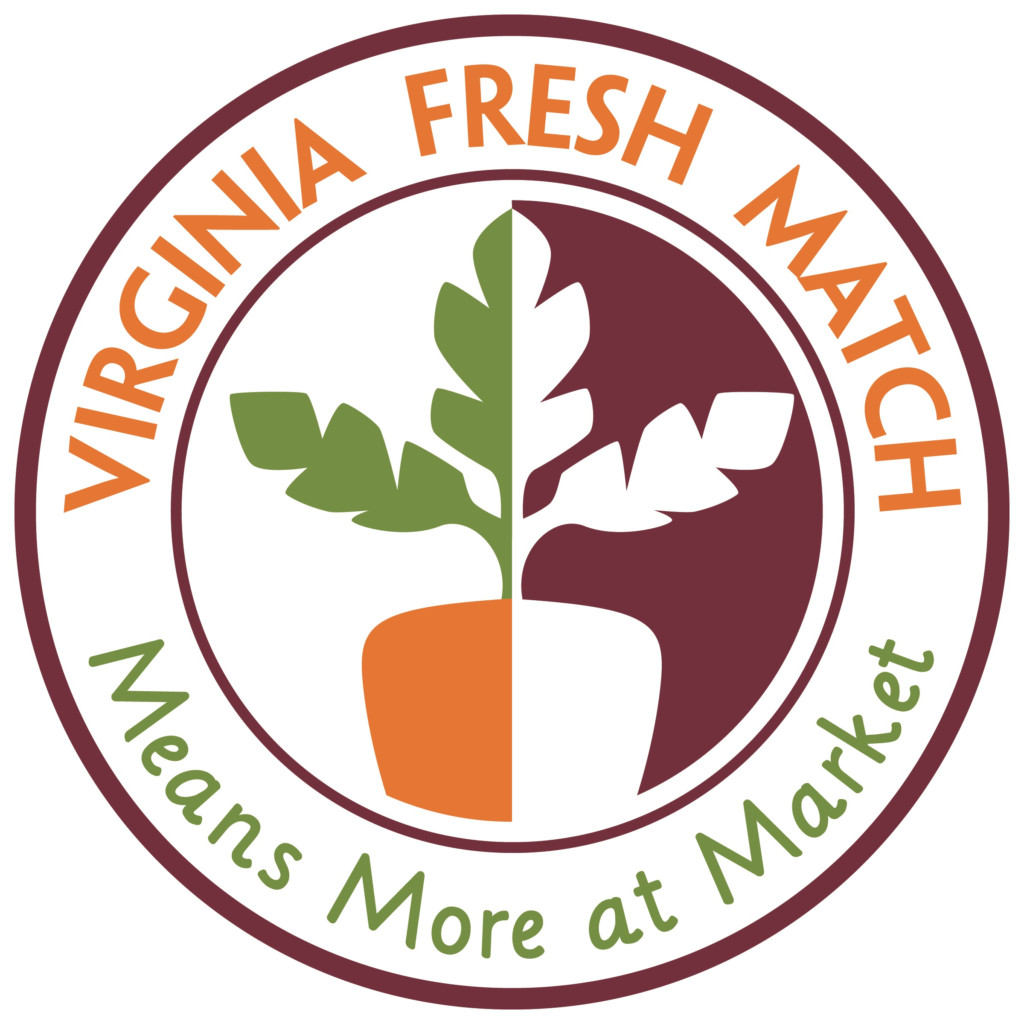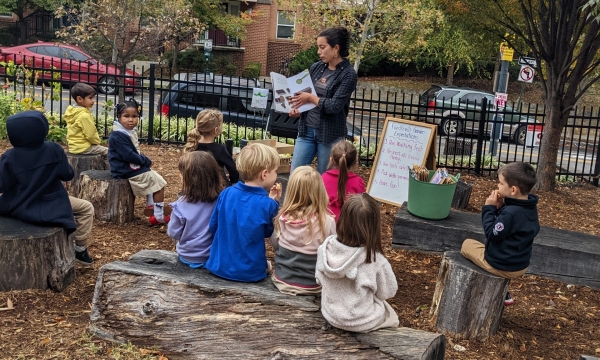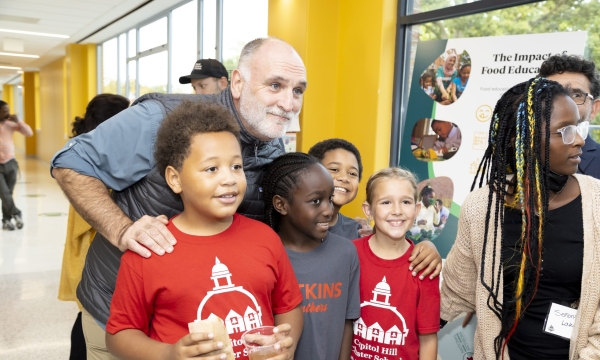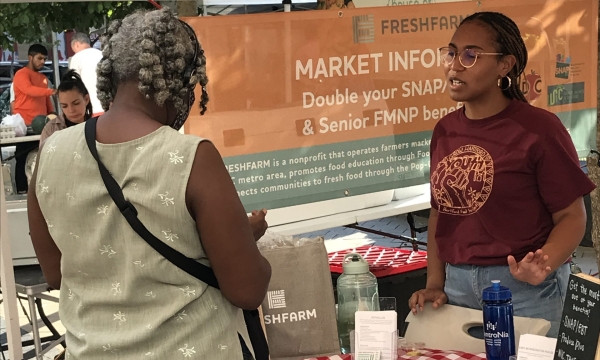2022 marked an incredible milestone for FRESHFARM: our 25th anniversary!
In 1997, Ann Harvey Yonkers and Bernadine Prince courageously pursued their goal of connecting farmers in the Chesapeake Bay with a community looking for food that came directly from people growing and making it. They started the Dupont Circle Farmers Market and along with it, they founded FRESHFARM. They aimed big and began a tradition of innovative ideas that have grown beyond their wildest dreams.
For our 25th anniversary year, we celebrated the achievements of hundreds of people who built FRESHFARM’s legacy–people who believed in our mission of building a better local food system. We worked with the Council of the District of Columbia to issue a Ceremonial Resolution acknowledging FRESHFARM’s contributions to the city. In collaboration with 19 farmers and producers, we launched a co-branded commemorative product line to elevate farmers and food businesses in our network. We invited the community to join us at two celebrations, one at Dupont Circle Market in July and one at Monroe Street Market in October. And finally, we shared stories of the people behind FRESHFARM and how our programs have influenced nutrition education, food access, food distribution, and the regional food system. FRESHFARM continues to build on this legacy, adapting to an ever-changing landscape with creative solutions to nourish our food future.
We are so grateful to everyone who has played a part in FRESHFARM’s success over the past quarter-century, including our co-founders, board members, staff, volunteers, farmers and producers, funders and patrons, partners, and community members. This collective of dreamers has brought beautiful local food to our tables, strengthened our regional foodshed, and demonstrated the many ways that local food transforms communities. We are proud to share in this report how we carried out this work in 2022. It was truly a remarkable year for FRESHFARM, and we have so much to look forward to as we continue to nourish our food future.
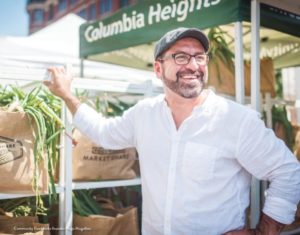
 Hugo Mogollon
Hugo Mogollon
Executive Director
